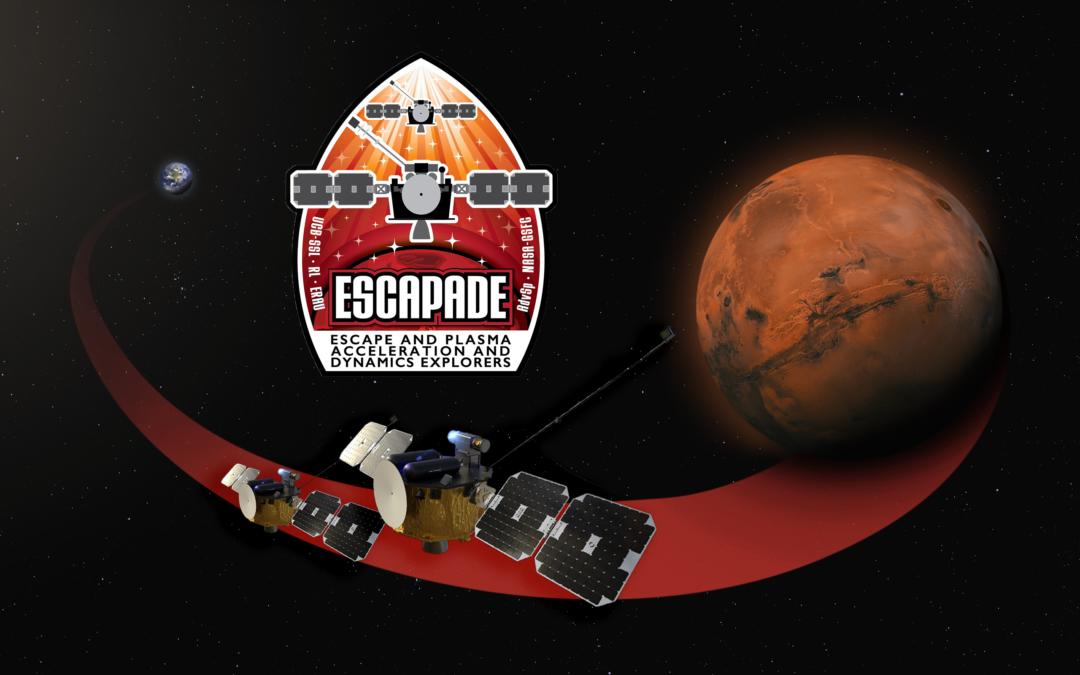Mission in Partnership with University of California Berkeley Space Science Lab and NASA to Launch on Blue Origin’s New Glenn Rocket
Westminster, CO – Advanced Space, a leading space tech solutions company, is supporting the University of California Berkeley Space Sciences Laboratory (SSL) by creating technology that enables deep space and planetary exploration, in particular Mars. NASA’s Escape and Plasma Acceleration and Dynamics Explorers (ESCAPADE) mission management and operations will be led by the University of California Berkeley.
ESCAPADE, a part of NASA’s Small Innovative Missions for Planetary Exploration (SIMPLEx) program, will study Mars’ magnetosphere using two small spacecraft, providing simultaneous observations in two different positions. ESCAPADE will launch on a Blue Origin New Glenn rocket with launch targeted for late 2024. Both spacecraft are planned to arrive at Mars in September 2025 and will establish the first-ever formation of two spacecraft in orbit about another planet. The primary science mission takes 11 months, including two separate science campaigns. The mission, with technology developed by Advanced Space, will provide insight into Mars’ atmosphere and how it responds to the space environment, which will inform our understanding of potential space weather effects as NASA explores Mars.
The two spacecraft will be called BLUE and GOLD, the traditional colors of UC Berkeley. “We’ve worked with Advanced Space all the way back to 2016 on the ESCAPADE concept through many iterations. We couldn’t be happier with the rigor, responsiveness, and creativity they have consistently shown.” said Mission Principal Investigator Dr. Robert Lillis of UC Berkeley SSL.
“Our team’s work to create new and exciting technology will continue enabling novel mission designs, furthering the potential of space exploration,” said Advanced Space CTO and ESCAPADE mission design lead Dr. Jeffrey Parker. “Our goal is always to push the envelope alongside our partners in a way that is innovative enough to reach new frontiers yet sustainable enough to apply to future missions.”
Being such a technically challenging mission, Advanced Space created mission design, including the interplanetary cruise, orbital design and the post-launch Earth-orbit strategy. They also worked with the rest of the mission team to build navigation capabilities to avoid any impact with Mars, satisfying NASA’s policies for planetary protection. ESCAPADE will help to establish a new pathway for high capability scientific missions at a fraction of the cost of previous Mars orbiters.
Advanced Space works harmoniously with all team members of ESCAPADE, including the science team at the University of California Berkeley, the spacecraft team at Rocket Lab, and the rocket team at Blue Origin and NASA, all to enable a successful mission. The tools and capabilities developed by Advanced Space to empower a successful ESCAPADE mission will undoubtedly expand the possibilities of space exploration through innovative technology and mission design practices.
